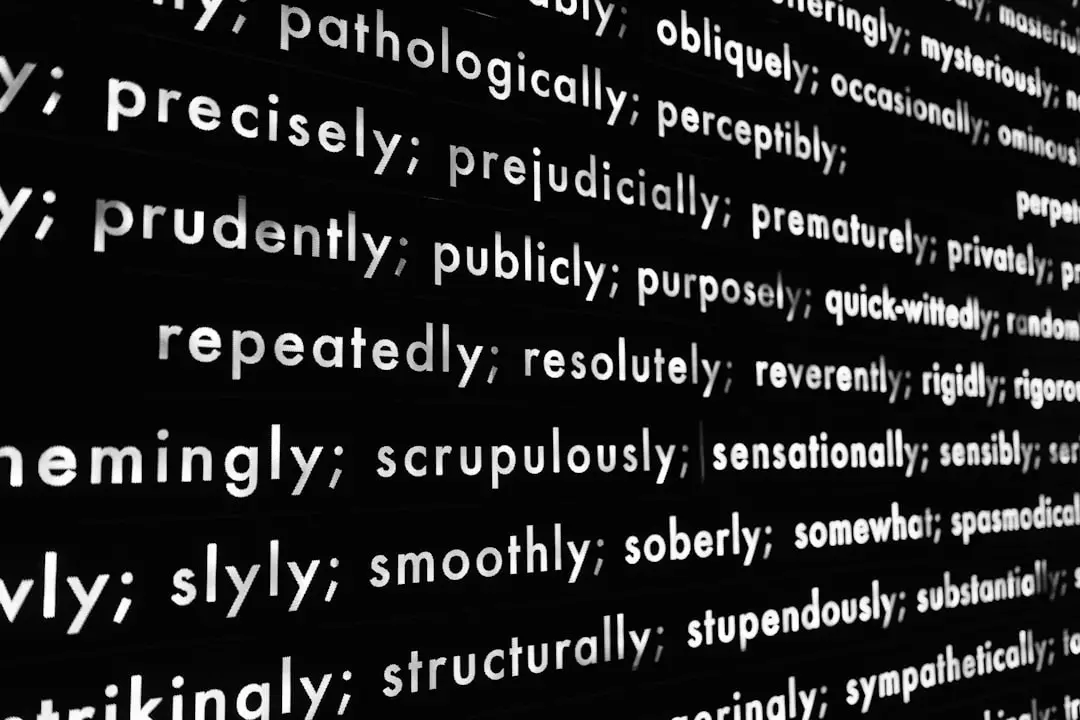As the digital ecosystem continues to evolve at lightning speed, web scraping has emerged as both a powerful tool for data gathering and a complex challenge for businesses, developers, and lawmakers alike. In 2025, the boundaries of legality, ethical responsibility, and technical efficiency surrounding web scraping have become more critical than ever. Whether you’re a developer, data scientist, or company executive, understanding these elements is key to leveraging web scraping ethically and legally while maintaining system performance and security.
What Is Web Scraping?
Web scraping refers to the automated process of extracting data from websites. It’s often done using bots or specialized software to gather information like product prices, stock levels, user reviews, or news content. The scraped data can be analyzed for market research, competitive analysis, investment strategies, and much more.
With the rise of Artificial Intelligence and Machine Learning, the demand for high-quality datasets has soared dramatically, making web scraping a go-to method for millions of users worldwide. But as commonplace as this technique has become, it’s wrapped in layers of legal ambiguity, ethical dilemmas, and technical intricacies.
Legal Landscape: Navigating the Thin Line
The legality of web scraping is a highly nuanced topic. While scraping public data may seem harmless, it can quickly venture into legal grey areas depending on factors like content ownership, data use cases, and website terms of service.
Key Legal Considerations
- Terms of Service (ToS): Many websites explicitly forbid scraping in their ToS. Ignoring these restrictions can result in a breach of contract, especially if the crawler bypasses protective mechanisms.
- Copyright and Intellectual Property: Scraping copyrighted material without permission can lead to legal repercussions. This is particularly relevant for databases, articles, and user-generated content.
- Computer Fraud and Abuse Act (CFAA): In the United States, unauthorized access to computers—including websites—can be prosecuted under the CFAA. Courts have been divided on its application in scraping cases.
- Data Protection Laws: Regulations like the GDPR in Europe or CCPA in California impose strict rules about collecting and processing user data. Scraping personal information without user consent may result in heavy fines.
One of the most notable web scraping-related legal battles reached the US Supreme Court in 2022, when LinkedIn attempted to block a company from scraping its public profiles. The court ruled in favor of the scrapers, emphasizing that publicly accessible information doesn’t always equate to protected data. That decision set a precedent, but it didn’t resolve all controversies, especially as international laws remain diverse and often contradictory.
Ethical Implications: Doing the Right Thing
Even if scraping a particular website is technically legal, it doesn’t always mean it’s ethically sound. In 2025, the public is increasingly aware of what data is being collected about them and how it’s being used. Companies that ignore ethical considerations risk not only legal action but also reputational damage.
Best Ethical Practices
- Respect Robots.txt Files: These files indicate how a site’s owner prefers bots to act on their website. While not legally binding, adhering to them is considered a sign of respect.
- Avoid Aggressive Scraping: Overloading a site with scraping requests can degrade its performance or even crash it. Implement delays and use throttling to moderate the rate at which requests are sent.
- Be Transparent: Inform stakeholders—and ideally, the data source—that you are collecting their data, and explain how it will be used.
- Minimize Data Collection: Only collect data necessary for your objectives. This helps you stay compliant with data protection laws and reinforces ethical data usage.
- Don’t Store PII Unless Necessary: Personally identifiable information (PII) should only be scraped and stored with a valid, compliant reason and with user consent where required.
In today’s ethically-driven market, transparency and responsible data practices are more than good manners—they are competitive advantages.

Technical Landscape: Staying Efficient and Resilient
In 2025, the technologies powering web scraping are far more advanced, but so are the defenses designed to prevent scraping. IP blocking, CAPTCHA challenges, honeypots, and JavaScript obfuscation stand in the way of data miners trying to access valuable content.
Modern Scraping Techniques
- Headless Browsers: Tools like Puppeteer or Playwright allow bots to simulate real human behavior by interacting with dynamic content and handling JavaScript rendering.
- Distributed Crawling: Deploy scraping tasks across multiple IP addresses and geographies to avoid detection and IP bans.
- API First Approach: Whenever available, APIs should be your preferred choice, usually offering structured data legally and efficiently with proper rate limits.
- Advanced Throttling & Request Scheduling: Build adaptive request strategies that consider server load and response time to remain under the radar.
- Machine Learning for CAPTCHA Solving: Newer bots can even learn to solve simple CAPTCHAs, but this raises additional ethical issues and should be approached with caution.
Monitoring and validation are also vital. Scraped data needs constant quality checks using tools that can identify duplicate or inconsistent values and flag errors for manual review. Validation algorithms—often boosted by AI—help maintain data integrity as sources update their structures unpredictably.

Popular Use Cases in 2025
Web scraping is no longer limited to tech giants or financial analysts. In 2025, a variety of industries are using scraping to gain an edge or provide enhanced services.
- E-commerce: Monitoring competitor prices, product availability, and customer reviews to adjust marketing strategies in real time.
- Travel and Hospitality: Aggregating listings from various platforms to provide the best deals on flights, hotels, and tours.
- Real Estate: Collecting listings across agencies to analyze regional pricing trends and investment potentials.
- Recruitment: Scraping job postings to map skills demand and create smart hiring algorithms.
- Market Research: Supporting strategy decisions through trend tracking, sentiment analysis, and customer feedback mining.
Cloud and AI: The New Frontier
The future of scraping is increasingly tied to cloud platforms and AI-driven automation. Large-scale scraping is now feasible through containerized systems, serverless functions, and microservices that automatically scale to handle traffic spikes. Meanwhile, AI helps bots identify data-rich sections of HTML, understand context, and even summarize scraped content intelligently.
This convergence means that organizations no longer need armies of developers to run successful scraping operations. Instead, smart tooling and cloud-native design allow even small businesses to capture and harness valuable web data.
Best Practices Summary
To wrap up, here is a comprehensive checklist of legal, ethical, and technical best practices that every web scraper in 2025 should follow:
- Check and comply with website Terms of Service
- Respect intellectual property and privacy rights
- Avoid scraping personal data unless explicitly permitted
- Limit request rates to reduce server strain
- Use official APIs when available
- Validate and clean data before using it
- Document your scraping process for compliance reviews
- Stay updated on regional and international laws
Conclusion
Web scraping in 2025 is a high-stakes game blending legal knowledge, ethical sensitivity, and technical expertise. While it offers vast opportunities for innovation and insight, it also demands a clear understanding of the responsibilities involved. By adhering to evolving best practices, professionals can make the most of this powerful tool—legally, ethically, and efficiently.
If you’re not already evolving your web scraping strategy to match today’s standards, now is the time to start.
